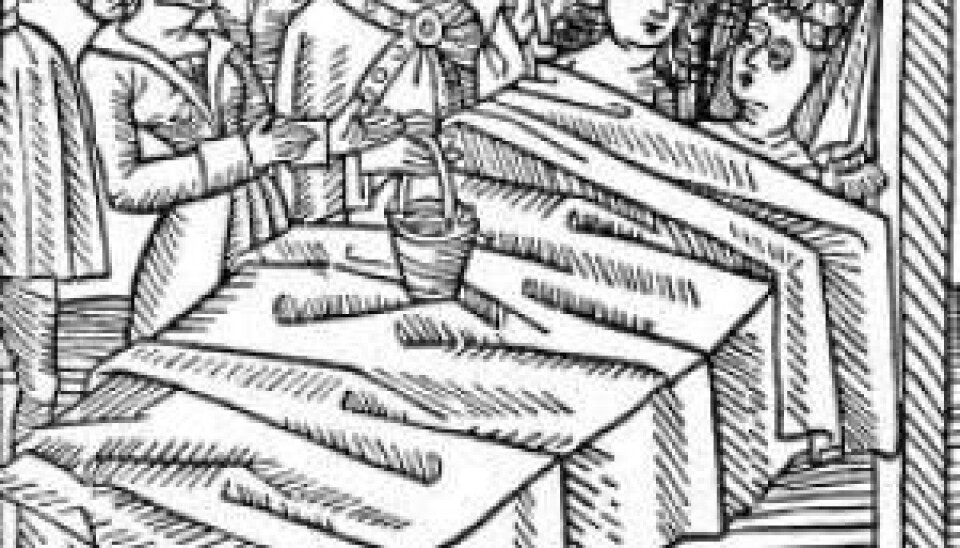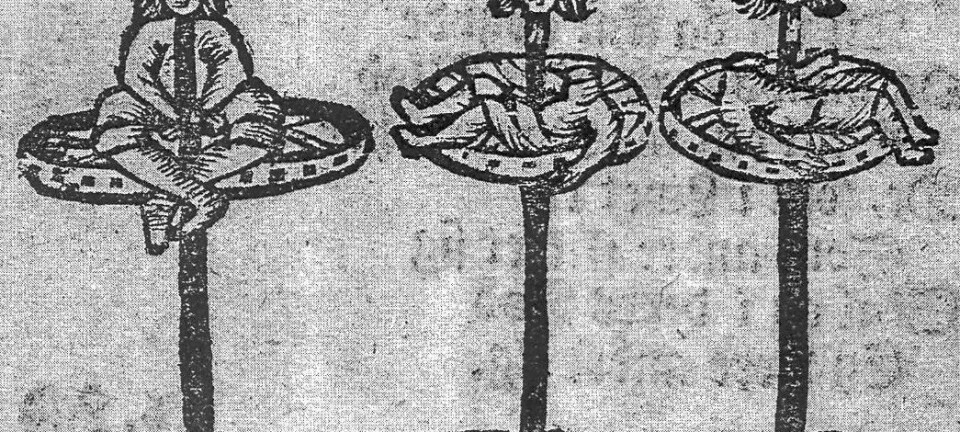
The church changed the perception of rape
In the Middle Ages the Danish church changed the perception of rape from vandalism against a man’s property to a crime against the raped women.
Destroying another man’s clothes, injuring his cattle and raping his wife. These three acts, which viewed through modern eyes seem highly different, were all considered vandalism against a man’s property in the early Middle Ages.
Thanks to the Catholic Church, however, this weird view changed during the Middle Ages,
In line with the church gaining influence on society, helped along by cultural trends, the judicial perception of raped women changed.
Suddenly women were regarded as individuals who should be compensated by the rapist for the injuries he had caused.
We’re seeing a change in the legislation, in which rape goes from being a violation against the household – the woman’s husband or her father – to being listed as a separate crime which violates the woman.
Helle Møller Sigh, a researcher at the Department of Culture and Society at Aarhus University, has studied the Danish versions of the Norse Laws, which were written down between the 1170s and the 1240s.
“We’re seeing a change in the legislation, in which rape goes from being a violation against the household – the woman’s husband or her father – to being listed as a separate crime which violates the woman,” she says.
“This is in no small way due to the influence of the Catholic Church, which wanted to create a peaceful and civilised society and help the weak, including women.”
Church’s power changed the perception of women
Before the Catholic Church started to gain influence on Danish culture in the Middle Ages, women were commonly regarded as a man’s property.
In the so-called ‘Scanian Law’ the rape of a woman was naturally considered as vandalism. So it was the husband of the raped woman who should be compensated by the rapist – not the raped woman.
But as the church began to gain a foothold in Denmark, it started to influence the country’s legislation. The Bible had provided people of the church with some clear ideas of what was right and wrong, and it was these ideas that became laws which could create a certain order in society.
Changing the attitude towards women was part of the church’s policy.
By engaging with local traditions and slowly influencing them in a Christian direction, it was easier to get people to accept the spillover effect that Christianity had on the laws.
“If the laws hadn’t been rooted in society, no-one would have taken them seriously and they would have vanished,” says Sigh.
“But society needs rules, and the church provided these rules. The rules were always adapted to local tradition and custom to ensure that they were rooted in society.”
The king jumped on the bandwagon
The reason the church was interested in changing the perception of rape was that this enabled it to point out that the crime was a violation against the woman. In this way the church could ensure that the rapist was convicted of the violation, something which made society more civilised.
The church had a ‘peace ideology’. This meant, for instance, that there was a wish to replace the right to take the law into your own hands with a fine system, and that the weak people in society should be helped.
“And of all people, it’s fair to say that women back then were among ‘the weak’,” says Sigh.
Since it was in the king’s interest to have a peaceful and harmonious society, he was prepared to comply with the church’s peace ideology.
The more peaceful the society, the easier it was for him to govern. So he did not oppose to the church’s view on rape being written into the law books.
-------------------------------
Read this article in Danish at videnskab.dk
Translated by: Dann Vinther








